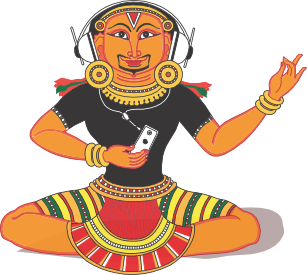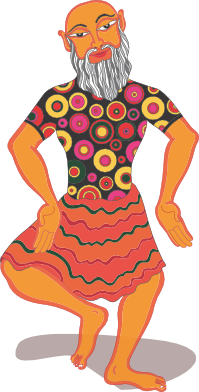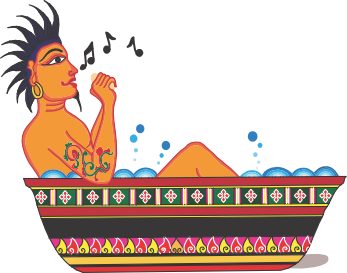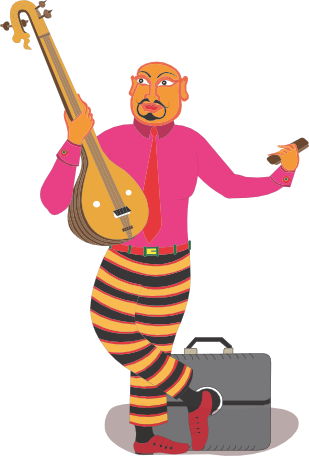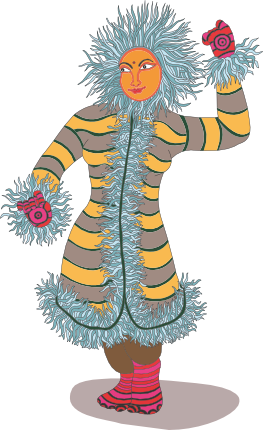Posted by admin in Oldblog
on Aug 1st, 2012 | 0 comments
Oḍissi
The classical dance practiced in Orissā is called Oḍissi. It is the oldest surviving dance form in India on the basis of archaeological evidence.
History: Oḍissi is claimed to be the earliest Indian dance on the basis of archaeological evidence. The earliest evidence is a stone edict from 2nd Century B.C in the Rāni Gumphā caves of Orissā which describes a dancer dancing with her accompanists. These might even be prior to the Nāṭya Śhāsthra.
There is absolutely no reference to dance from the 2nd century B.C to the 7th century A.D due to the Buddhist influence. It was during the reign of the Késari kings for 3 centuries from the 9th century AD that the construction of temples became an important feature. Both music and dance became closely connected with rituals and worship. The Oḍissi dance form has been preserved to this day by the Nāṭya Śhāsthra and Goṭipuā dancers.
Nāṭyaśhāsthra: Maharis were the female attendants of the temple. The earliest record of dancing girls in the temples is 10th century A.D. In the temple of Jagannātha at Pūri, the dancing girls were appointed for the essential ritual service of the deity by Ananthavarma Choḍogaṅgadheva in the 11thcentury. The Maharis were divided into several groups according to their services. The dancing girls were known as Nāchuni and others Bhīthara gāuni (female singers who sing inside the temple), Bāhara gāuni (female singers who sing outside the temple) and Gauḍasāni (those whose duty was to fan the god). There was another class of Maharis known as Samparadha Niyoga whose duty was to dance during ceremonial procession such as Ratha Yāthra, Chandhan Yāthra etc.

With the invasion of the Mughals and lack of royal patronage, the dance of the Maharis declined. The Maharis ceased to be respected as dhāsīs of the lord and came to be associated with being concubines. With the rule of the Marāṭhās in the 18thcentury, the arts were revived.
Goṭipuā: Goṭi means single and Puā means boy. A dance which is performed by a single boy dancer in a female costume is known as goṭipuā dance. When the dance of the Maharis slowly declined, a class of boy dancers was created to carry on the tradition. The dance of goṭipuās was in the Oḍissi style but the technique, costume and presentation differed from that of Maharis. The most interesting part of the goṭipuā dancers is the Bandha Nruthya which is a dance with acrobatic poses and movements. Most of the Oḍissi gurus were goṭipuā dancers earlier.
Costumes: The costume and jewellery have been derived from the Abhinaya Chandrikā. The female dancers use a Paṭṭa Sāri which is worn tightly by having equal lengths of material on both sides and by tying a knot on the navel. The Kanchula (traditional blouse) and Nibibandha (an apron with frill tied in front) are used. The ornaments are silver based. The head gear and the large girdle are very important. The hair is generally knotted with flowers. The makeup includes the Gorachana, a creeper design on the forehead running above the eyebrows down to the cheeks.
Compiled by: Aarthi Natarajan & Indira Kadambi
